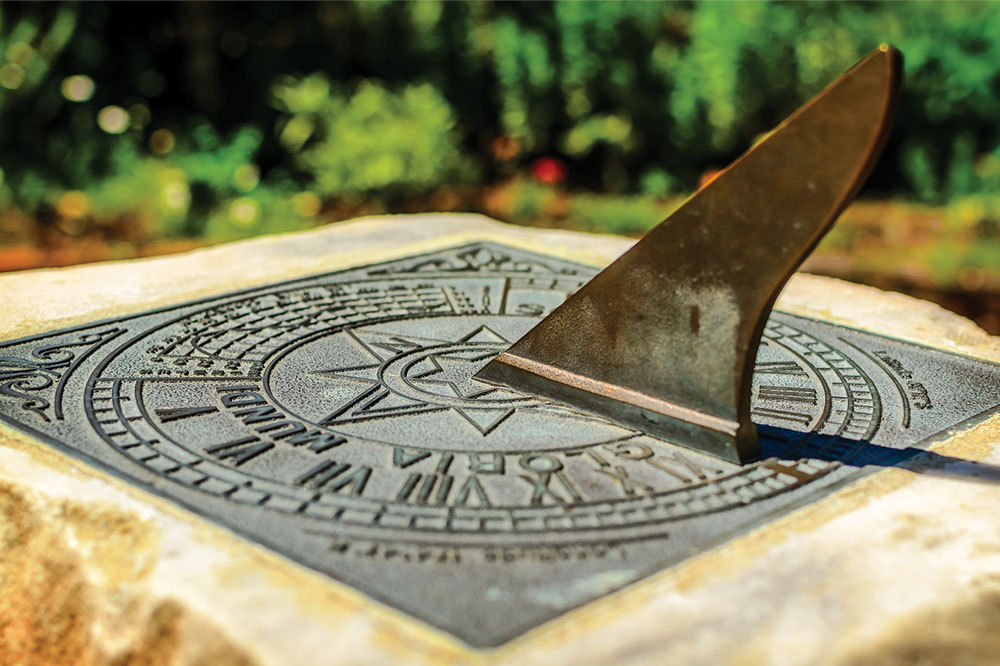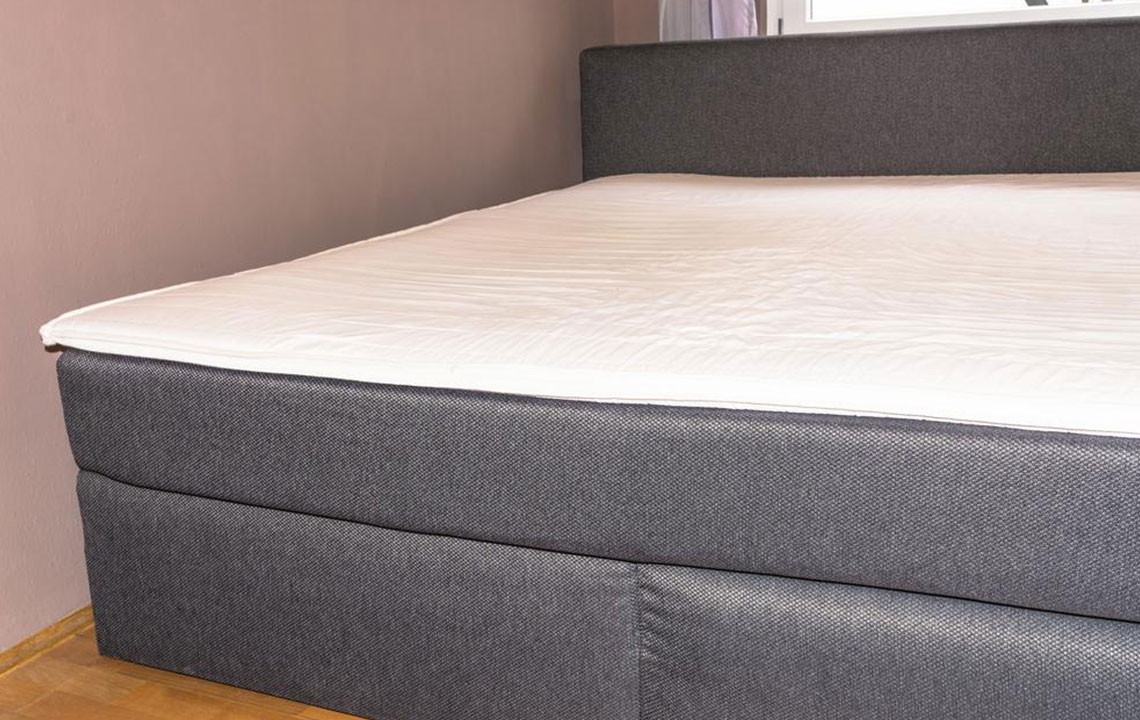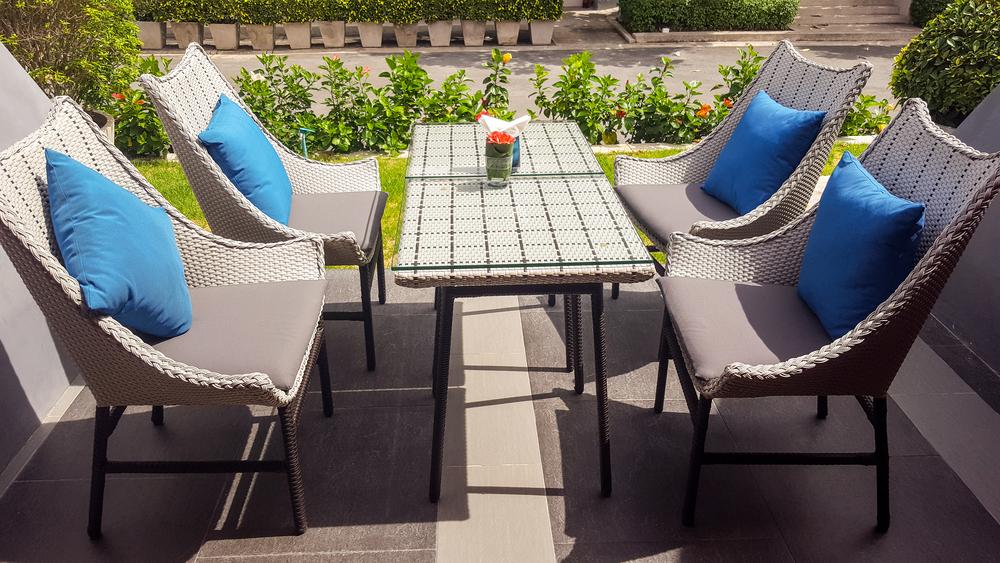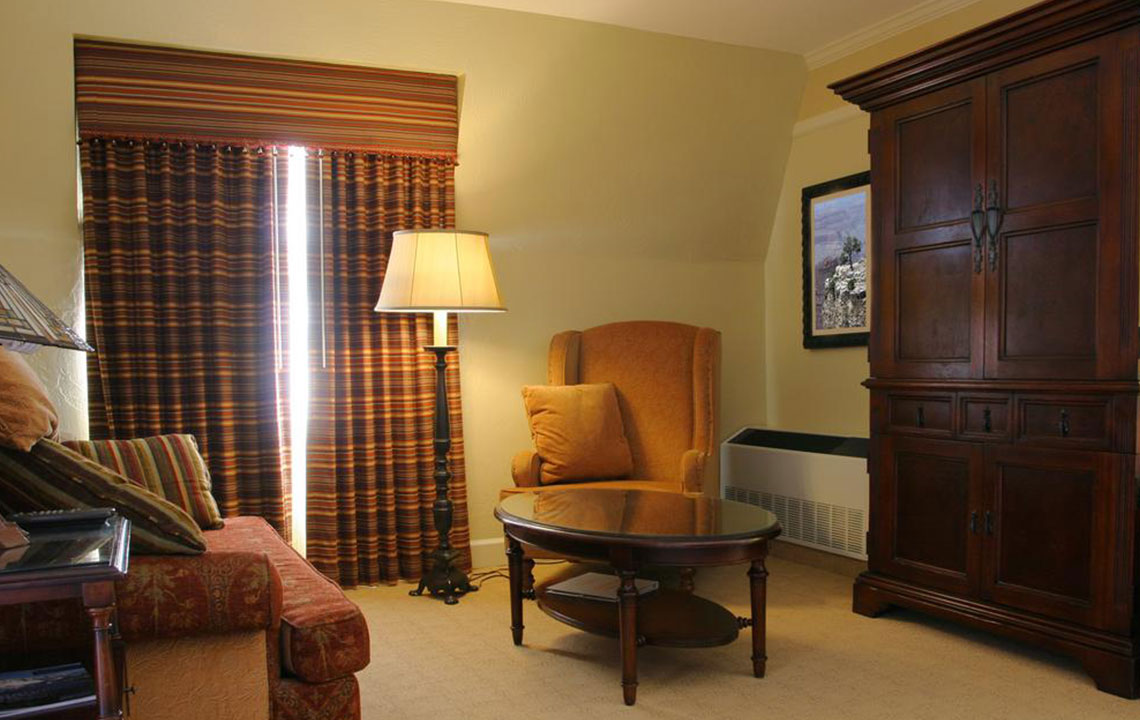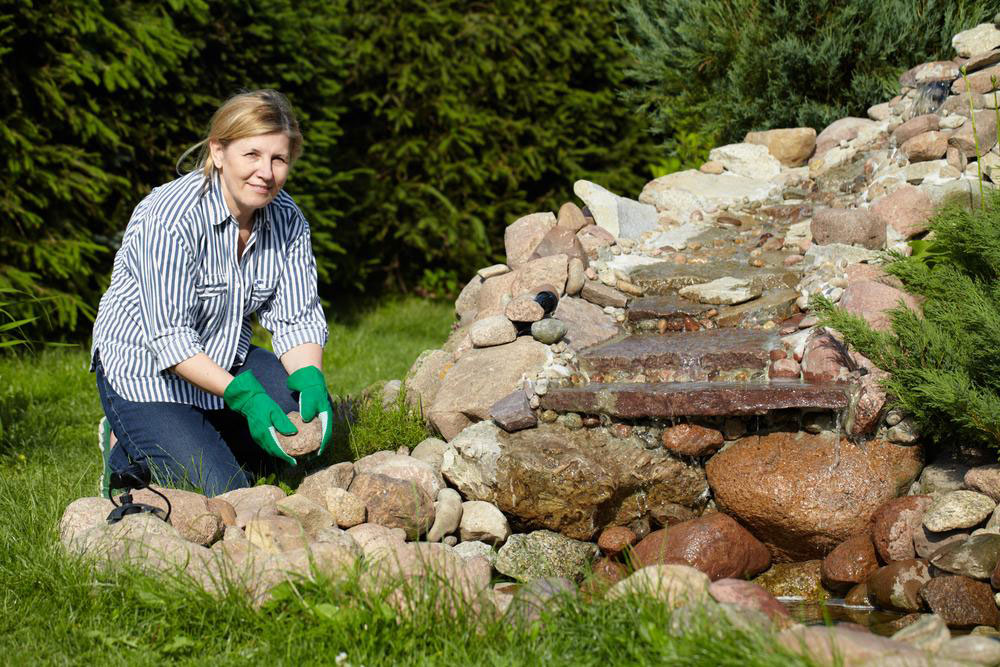Popular Varieties of Sundials Explained
Discover the world of sundials with a look at four popular types: horizontal, vertical, equatorial, and polar. Each sundial style offers unique features suited for garden decor, wall mounting, or educational projects. Whether for practical use or aesthetic appeal, understanding these variations helps in selecting the perfect sundial for your outdoor space or DIY craft. Explore the art and science behind these timeless devices that connect us with the sun's movement every day.
Sponsored
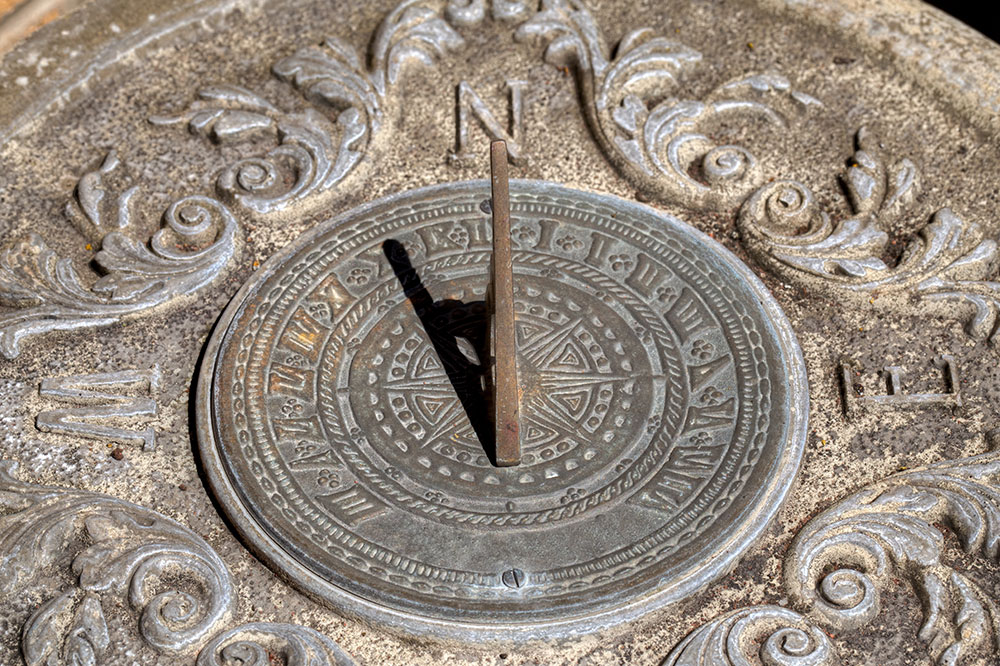
Sundials have long been used to measure time by observing the sun’s position in the sky. Many children enjoy crafting their own sundials at home, experimenting with sunlight to tell time. Over the centuries, sundials have evolved from practical devices into elegant decorative pieces perfect for gardens or outdoor spaces. With many modern designs available, you can select a sundial that complements your outdoor décor and personal style, whether classic or contemporary.
Types of sundials
The market offers a variety of sundials crafted in different shapes, sizes, and materials to suit diverse preferences.
Here are four notable types of sundials:
Horizontal sundial
The most widespread style, featuring a flat dial plate, often called a “garden sundial.” Typically placed on pedestals outdoors, it has three main parts: the gnomon, which casts a shadow; the hour markers, indicating time; and the faceplate, where the shadow falls to tell the hour.
Vertical sundial
Mounted on building walls like churches and town halls, vertical sundials are designed for visibility from afar. The face plane is positioned vertically, with the gnomon aligned to Earth's rotational axis. The shadow moves irregularly on the face due to differing angles.
Equatorial sundial
Also called an “equinoctial dial,” this type features a flat, planar surface where shadows are cast. The gnomon is perpendicular to the surface, aligned with the celestial equator. It’s simple to construct and visualize, especially when oriented properly. The dial can be flat or circular, with the shadow falling perpendicularly—making it an intuitive option for DIY projects.
Polar sundial
With a dial plate parallel to Earth's axis, the polar sundial’s gnomon is aligned with the axis. Its hour lines are evenly spaced and parallel, with the face set at an angle that matches Earth's tilt. These sundials are often placed on rods or rectangular plates and do not necessarily need to be vertical for accurate time-telling.

